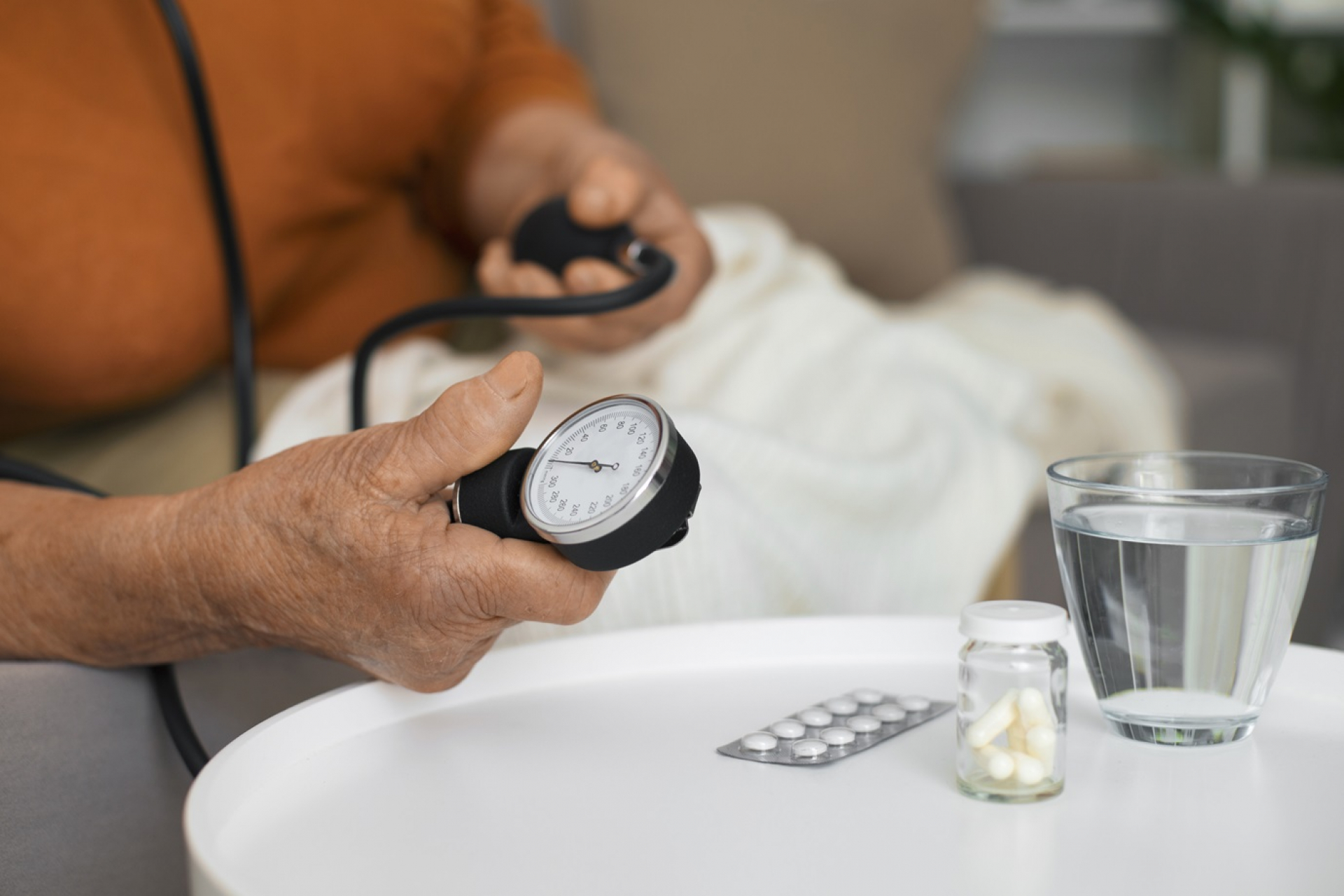Abnormal cholesterol or triglyceride levels in the blood means that you have a lipid disorder. Lipids are a type of fat found in your blood. High cholesterol and triglyceride levels raise your risk of heart disease, stroke, and other diseases.
What Are Lipid Disorders?
Lipid disorders are a group of medical conditions that affect how your body processes and stores fats (lipids). Your body uses fats for energy, to cushion and insulate organs, and to signal the release of certain hormones.
Lipid disorders cause fat levels in your blood to become too high or too low. You can be born with a lipid disorder, or it may develop over time. Lipid disorders can result from genetic factors as well as from conditions like diabetes or lifestyle choices.
Lipid metabolic disorders such as Gaucher disease and Tay-Sachs disease can cause the accumulation of lipids or fatty substances in the tissues and organs. Individuals with a metabolic lipid disorder may lack an enzyme needed for breaking down certain fatty substances into energy.
The Causes of Lipid Disorder
Lipid disorders have multiple causes, depending on the specific type of disorder. Most types are related to an imbalance in the body's fat metabolism. Some causes of lipid disorders include:
High triglycerides: Triglycerides are a form of lipid present in the bloodstream. High levels of triglycerides can cause plaque to build up in the arteries, increasing the risk of heart disease, stroke, and other conditions.
Obesity: Obesity is a major contributor to lipid disorders. People who are obese have high cholesterol and triglyceride levels.
Unhealthy diet: A diet that is high in saturated and trans fats can increase the risk of lipid disorders because fats like these increase cholesterol and triglyceride levels.
Physical inactivity: Lack of physical activity can lead to lipid disorders. Physical activity helps to improve cholesterol and triglyceride levels.
Smoking: Arteries can be negatively impacted by the chemicals found in tobacco smoke.
Family history: Having family members with lipid disorders increases your risk of developing a lipid disorder.
Diabetes: Diabetes may lead to elevated levels of cholesterol and triglycerides in your body.
Kidney disorder: The kidneys play a significant role in clearing excess cholesterol and triglycerides from your bloodstream, and when you have kidney disease, they may not function adequately.
Symptoms of a Lipid Disorder
The symptoms of lipid disorders depend on the specific type of disorder but may include the following:
- Atherosclerosis (arteries harden and narrow)
- Angina pectoris (chest pain)
- Sudden dizziness
- Memory impairment
- Concentration problems
- Leg pain when walking
- Fat deposits in the skin or eyelid area
If you are experiencing any of these symptoms, it is important to consult your healthcare provider for proper testing and diagnosis.
Diagnosis of Lipid Disorders
Lipid abnormalities are most commonly diagnosed by blood testing as part of lipid screening. This test might be done as part of a lipid profile, a cardiac risk assessment, or during a routine exam as part of a full-body checkup. A lipid profile is a group of blood tests that are used to determine if there are any abnormalities in your blood lipid levels. These tests can help identify your risk for pancreatitis and cardiovascular diseases.
For a lipid profile test, a healthcare provider will take a blood sample from a vein in your arm and send the sample to a lab for analysis.
Lipid Profile Result Interpretation
|
Parameters |
Normal lipid profile levels |
|
Total cholesterol |
Up to 200mg/dL |
|
Low density lipoprotein (LDL) cholesterol |
Less than 100 mg/dL (for people with diabetes: Below 70 mg/dL) |
|
Very low density lipoprotein (VLDL) cholesterol |
0-30 mg/dL |
|
High density lipoprotein (HDL) cholesterol |
40-60 mg/dL |
|
Triglycerides |
Less than 150 mg/dL |
Deviation from normal levels indicates the following:
- Higher or lower-than-normal lipid profile levels indicate borderline, intermediate, or high-risk ranges for cardiovascular diseases.
- Higher-than-normal levels of total cholesterol, LDL, and triglycerides increase your risk of cardiovascular diseases.
- Lower-than-normal levels of HDL Cholesterol Direct increase your risk of cardiovascular disease.
- Abnormally low cholesterol levels are rare. It may indicate the presence of an underlying disease that is causing chronic infections, inflammation, and malnourishment.
Lifestyle Changes and Treatment
Elevated triglycerides can be effectively controlled through lifestyle modifications and prescribed medications. You can lower your cholesterol levels by:
- Avoiding smoking
- Eating a balanced diet
- Avoiding trans fats
- Exercising regularly
- Maintaining a moderate weight
- Limiting your alcohol consumption
- Taking prescribed medications
Lipids are waxy fats present in the bloodstream. Lipid disorder in the blood is caused by an overabundance or lack of certain lipids in the blood, which increases the risk of cardiovascular disease. The lipid profile test assesses triglyceride and cholesterol levels in order to determine the potential risk of heart disease resulting from abnormal lipid levels.


